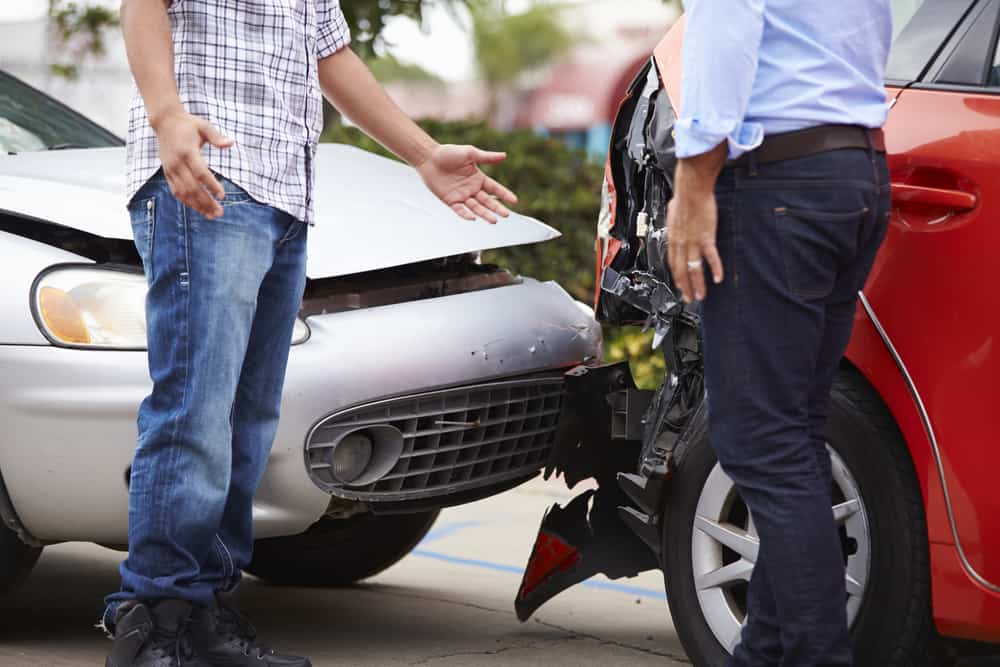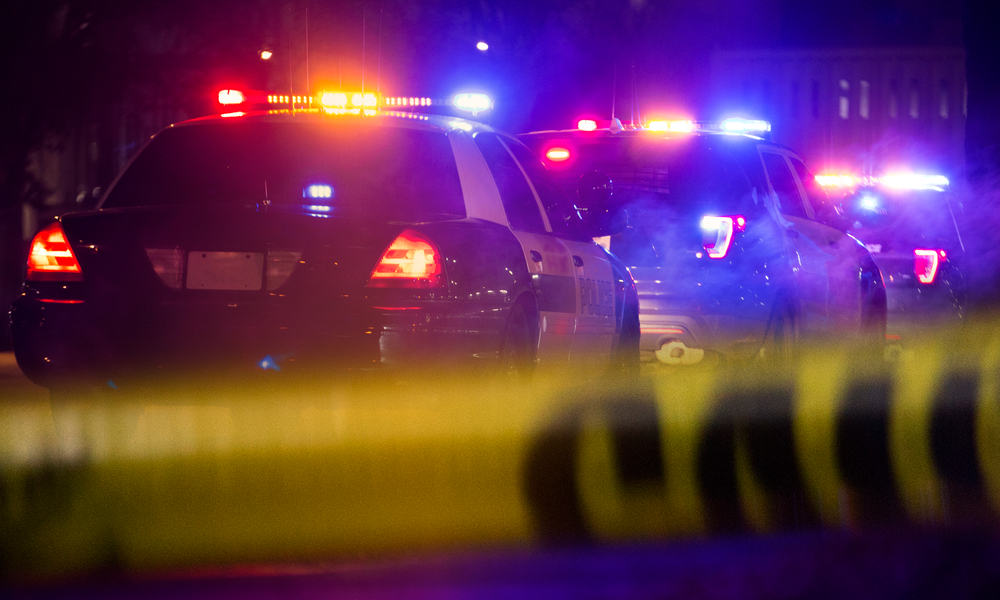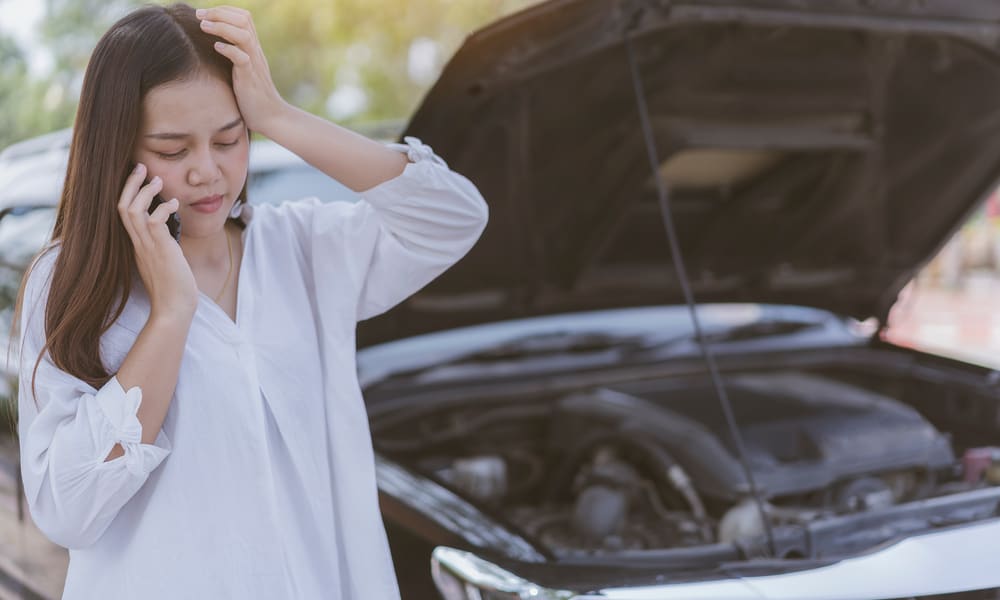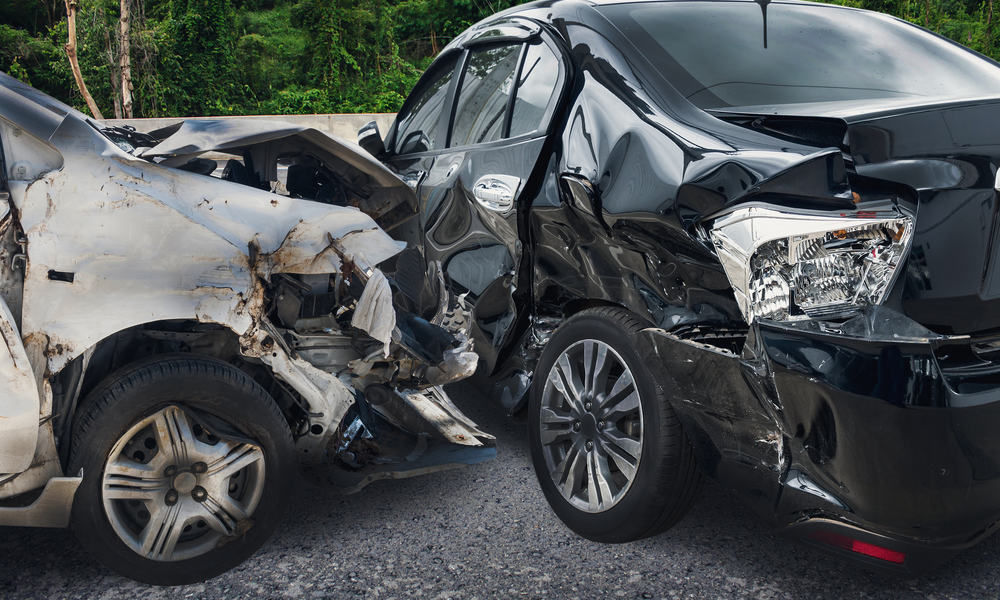Although we all hope it never happens to us or anyone we know, the statistics show that almost all drivers will be involved in an accident at some point in their life – although it might not necessarily be their fault.
Since it can happen to even the most cautious drivers, the best plan is to be prepared and to know what to do when it does – so to help you, here’s everything you need to know about what to do after a car accident that’s not your fault.
If you want a preview of some of the stuff we’re going to be talking about – as well as a few extra tips – check out this video before reading on.
How serious was the accident?
Before we start, we need to remember that car accidents range from minor fender-benders to those resulting in serious injury or even death.
First, we’re going to give you a step-by-step guide to what to do in more minor accidents. By this, we mean accidents where there are no major injuries – the kind where you can get out of your car and deal with the situation yourself.
However, we will also have a few words to say about more serious accidents at the end of this post.
Step-by-step to do after a car accident that’s not your fault
Here’s what to do if you are the victim of a minor car accident that wasn’t your fault.
Step 1. Deal with the situation
Even the most minor accident can come as a shock, so you should remain calm. Getting angry won’t help, and you need to deal with the situation in a calm and rational way.
If the accident was more than just a minor bump, you need to make sure that there are no serious injuries and that anybody who is injured is taken care of. If there are any serious injuries, call 911 for help.
Don’t leave the scene – fleeing the scene of an accident is a felony, and you should stay there, even if the other motorist drives away.
Step 2. Call the police
In some states, you are required to call the police in the event of even the most minor accident whereas in others, for more minor knocks, you don’t need to. Make sure you know the laws in the state where you are driving.
If the damage to either vehicle is likely to be over $1000, you should call the police – and if you are in doubt, call the police anyway, just to be sure.
A police report may not be admissible as evidence in a civil court, but it may help strengthen your insurance claim.
Step 3. Exchange information
Make sure you exchange details with the other driver. You will need the following:
- Driver’s name and address
- Their insurance company and policy details
- Their registration plate number
Step 4. Document the accident
You should also do everything you can to document what happened. If there are any witnesses, note down their version of what happened and take their contact details.
You should also take photos of the accident. Take photos of the cars before they are moved if possible. However, if they are in the middle of the road and need to be moved, take photos of the damage that has been caused.
Also, don’t forget to take photos of anything else that might be important or relevant, including skid marks, the location, the weather etc. You might also consider walking around and filming the whole scene.
If the police come, you should note down the badge number of any officers who attend the scene.
Step 5. Contact the insurance companies
If you are involved in an accident that wasn’t your fault, it is the other driver’s responsibility to contact their insurance company to inform the company of the accident. However, you shouldn’t assume they will do so, and you should also contact their insurance company.
Write a clear and objective letter to the insurance company explaining the details of what happened without making judgements on who was to blame.
At this point, you should also contact your own insurance company to let them know you have been involved in an accident, even if you don’t plan to claim from them.
At the very least, this will show that you are being open and honest and that you are not trying to hide anything.
Step 6. Deal with claims issues
The ideal scenario now is that the other driver’s insurance company accepts that their client was at fault and pays the insurance claim. This may include damage to your car, medical bills, compensation for loss of earnings etc.
However, when there is any doubt over who was to blame, they may reject your claim, possibly if their client gives a different version of what happened.
In this case, you can try to claim from your own company – if you do, your insurance company will probably try to fight the other company for compensation.
If all else fails, you may consider hiring your own lawyer to fight the case. However, if you do this, weigh up the costs carefully because it might not make financial sense to do so.
If it was a more serious accident
If the accident was more serious, things might be different. Perhaps you were in no state to carry out the steps outlined above or perhaps you woke up in hospital with no recollection of the accident.
In this case, your first concern should be to regain your health as best you can.
Your health insurance will cover you initially, but if you are covered by auto insurance, you will need to contact your provider.
Let them know you were in an accident and the result – although you should avoid apportioning blame at this stage.
If an insurance adjuster starts asking difficult questions, you should refer them to your lawyer – in this kind of situation, it might be advisable to contact a lawyer who specializes in car accident cases.
Be methodical and don’t forget anything
When an accident occurs, first, you need to keep calm and make sure everyone is safe. Second, you need do everything necessary to comply with the law. Next, you need to process the insurance claim, and by following our guide, you can ensure you don’t miss any steps.



